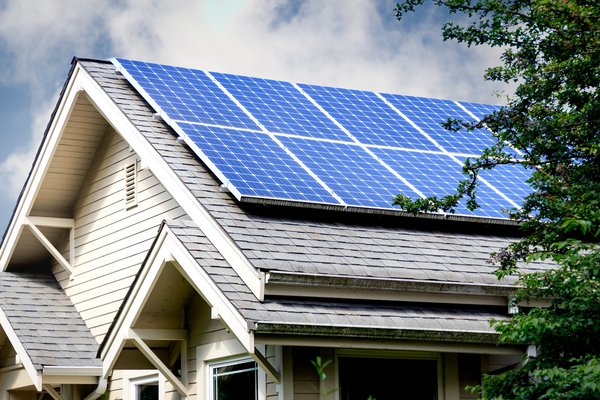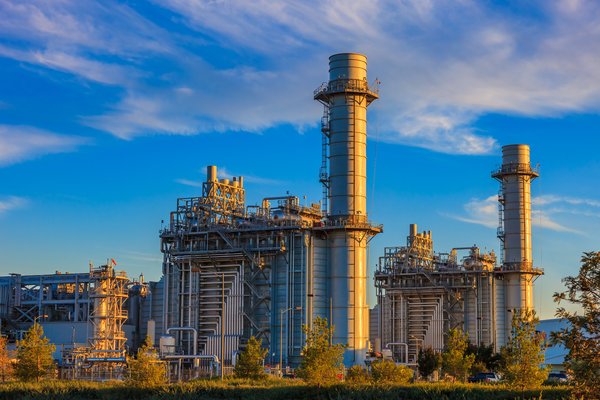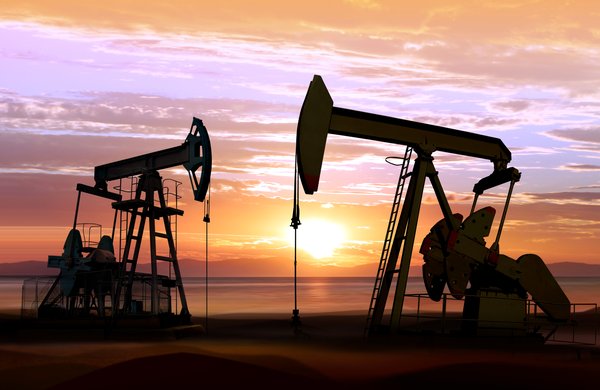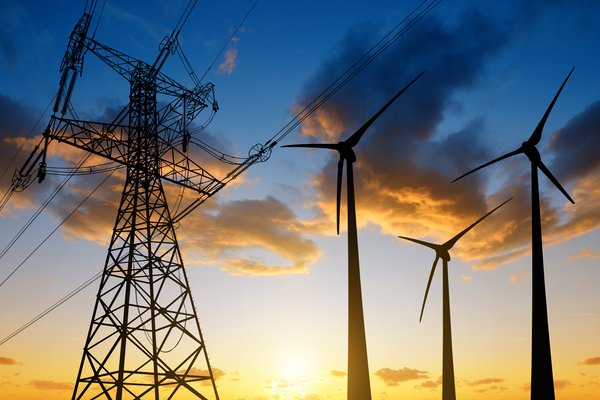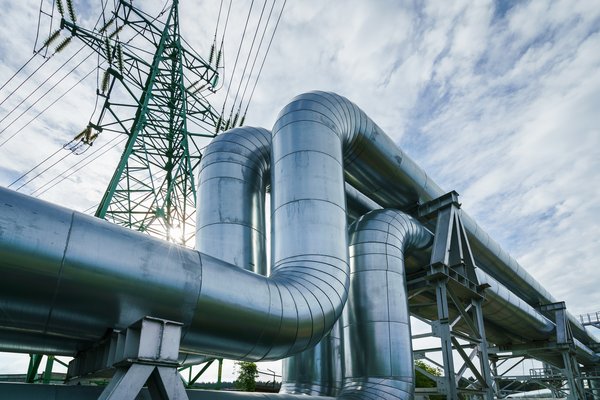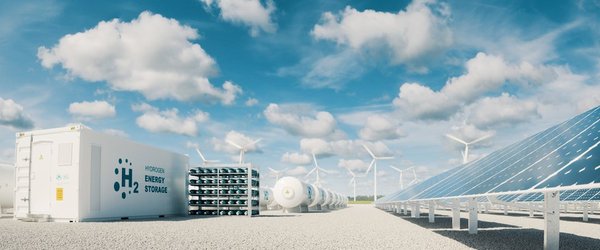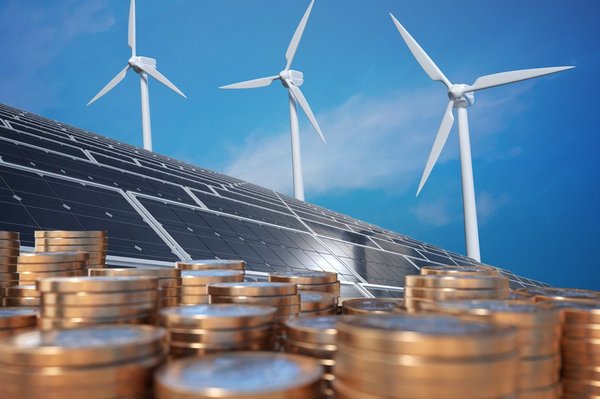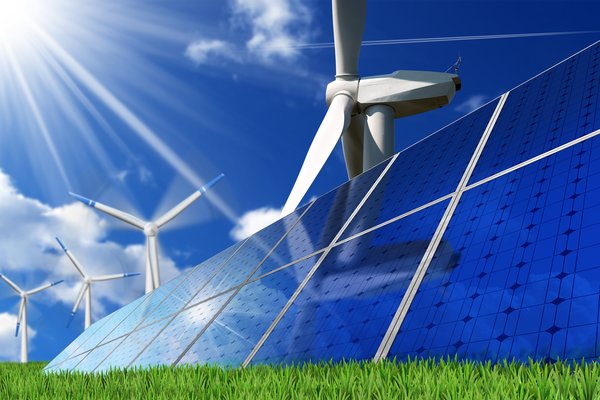Natural gas is an abundant resource. It's also cleaner and cheaper than other fossil fuels, such as oil and coal.
However, natural gas has a significant disadvantage. Gas must travel from production basins to market centers by pipeline. And since it's not easy to build pipelines across oceans, that puts many international markets out of reach. Companies must turn natural gas into a pressurized liquid and transport it using specialized ships that can carry it to overseas markets.
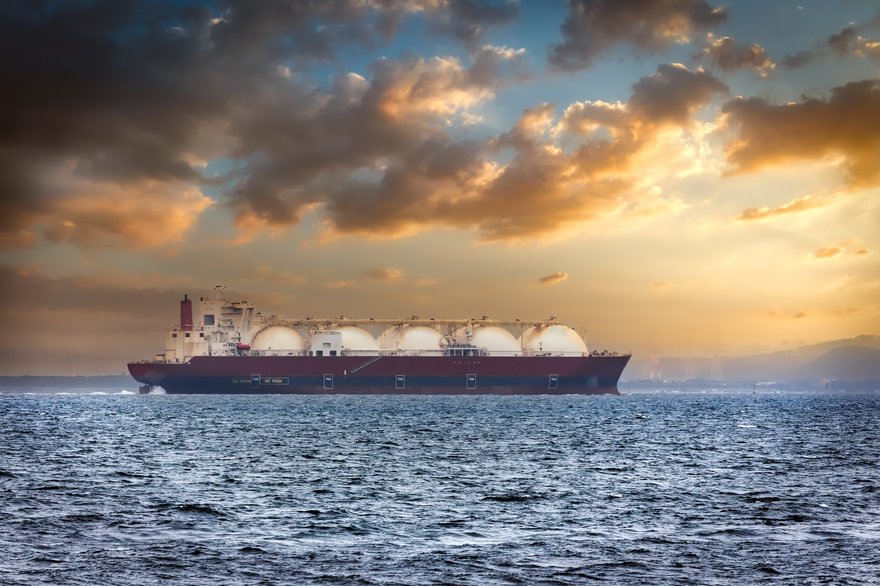
Energy companies are investing billions of dollars in building liquefaction facilities in hopes of cashing in on the growing international demand for liquefied natural gas (LNG). Here's a look at what's ahead for the sector and the companies in the best position to cash in on the growing global LNG demand.
Overview
An overview of the LNG market
Global LNG trade reached 397 million tonnes (MT) in 2022, according to industry leader Shell (SHEL -6.48%). That's 16 MT, or a 4.2% increase from 2021. Europe helped fuel the increase as Russia's invasion of Ukraine drove a significant decline in pipeline volumes flowing into the continent.
Shell expects global LNG demand to reach 700 MT by 2040. Shell predicted in 2021 that Asian countries could absorb as much as 70% of the new LNG volumes coming to market over the next two decades.
Europe, however, is emerging as a potentially important LNG market in the wake of Russia's 2022 invasion of Ukraine. Russia had been a key gas supplier to the continent, providing roughly 45% of Europe's imports. However, gas volumes to Europe fell 53% in 2022, fueling a 60% increase in LNG demand from the continent.
Several companies are investing to meet future needs. They are exploring for more natural gas resources and also developing LNG export and import infrastructure. The investments could pay big dividends for LNG-focused companies, provided the demand grows as expected and pricing stays attractive.
Law of Supply and Demand
Top LNG companies
What are the top LNG companies?
Many of the world's largest LNG producers are state-controlled companies. Qatargas, owned by the government of Qatar, is the world's largest LNG producer.
Although state-owned companies are a force in the LNG market, they're not alone. Several publicly traded energy companies rank among the LNG sector's biggest producers. Here are five top LNG stocks for investors to consider:
| Company | What Makes It a Top LNG Stock? |
|---|---|
| Cheniere Energy (NYSEMKT:LNG) | Cheniere is the leader in producing and exporting LNG in the U.S. |
| Chevron (NYSE:CVX) | Chevron is a top 10 global LNG producer and considering expansion. |
| ExxonMobil (NYSE:XOM) | ExxonMobil is among the 10 largest global LNG producers. |
| Shell (NYSE:SHEL) | Shell is a world leader in LNG. Its integrated business includes gas supply, LNG export and import infrastructure, and a leading marketing operation. |
| TotalEnergies (NYSE:TTE) | TotalEnergies is building a leading global LNG business. |
1. Cheniere Energy
1. Cheniere Energy
In 2016, Cheniere Energy became the first company to export LNG from the lower 48 states. It has since become the leading U.S. LNG producer and one of the largest global producers. The company operates two LNG facilities along the U.S. Gulf Coast that export gas to foreign buyers:
- Sabine Pass: Located in Louisiana, this LNG facility has six fully operational liquefaction units, or "trains." Sabine Pass has the capacity to produce about 30 million tonnes per annum (MTPA) of LNG. In 2023, the company started the permitting process to expand that facility by another 20 MTPA.
- Corpus Christi: This Texas facility has three currently operational LNG trains with the capacity to produce roughly 15 MTPA of LNG. Cheniere is also moving forward with Corpus Christi Stage 3, which will add seven mid-scale trains that could produce more than 10 MTPA of LNG when completed in 2025. The company is also working on an adjacent expansion of its Stage 3 project to add two more LNG trains capable of producing another 3 MTPA of LNG.
Cheniere Energy's LNG operations buy natural gas on the open market and have it shipped to its facilities via third-party pipelines, as well as those it operates. It then liquefies the gas and sells roughly 90% to foreign buyers, such as utilities, under long-term, fixed-fee contracts. It makes the remaining supplies available to other buyers at the going market rate.
The company's contracted volumes provide it with predictable cash flow. It uses the money to repay debt, invest in expanding operations (e.g., Corpus Christi Phase 3), and reward shareholders through dividends (which it initiated in 2021) and share repurchases.
Cheniere announced its "20/20" long-term vision in 2022. It expects to produce more than $20 billion of available cash through 2026 and increase its distributable cash flow run rate to more than $20 per share. The forecast supports further debt reduction, share repurchases, and plans to boost the dividend by 10% annually, all while investing in expanding its LNG capacity.
The company also is working to deliver even cleaner LNG. Cheniere has a collaboration agreement with Shell to supply it with carbon-neutral LNG cargoes by purchasing offset credits from Shell's global portfolio of nature-based projects. The initiatives should enable Cheniere to play a role in the energy transition to cleaner fuel sources.
2. Chevron
2. Chevron
Chevron has a large and growing LNG portfolio. The company owns a 47.3% interest in Australia's Gorgon LNG, which has the capacity to produce 15.6 million metric tons of LNG each year. The company also has interests in the smaller 8.9 MTPA Wheatstone LNG facility in Australia and the 5.2 MTPA Angola LNG project.
The U.S. oil and gas giant is evaluating opportunities to expand its LNG business. Chevron is considering ways to supply gas to Europe. It signed contracts to buy LNG from U.S. plants operated by Cheniere and Venture Global with an eye toward exporting the gas to Europe. The company is also looking at other potential U.S. gas export opportunities.
Chevron is also considering using gas produced from the eastern Mediterranean. The company acquired Noble Energy in 2020, giving it a large gas resource off the coast of Israel. It's evaluating a potential floating LNG facility to ship some of the gas to Europe.
3. ExxonMobil
3. ExxonMobil
ExxonMobil is a global leader in LNG. The oil and gas giant owns interests in several LNG projects across the world that produce 23 million tons per year. Notable investments include ownership interests in Gorgon LNG, PNG in Papua New Guinea, and several LNG trains in Qatar.
LNG is one of ExxonMobil’s four areas of strategic investment focus through 2027. The company is investing in several projects, aiming to grow its global capacity to 27 MTPA. One notable investment is the $10 billion Golden Pass LNG project in the U.S. The joint venture with QatarEnergy will have the capacity to export about 18 million tons of LNG per year starting in 2024.
ExxonMobil is also working with QatarEnergy, Shell, TotalEnergies, and others to expand the North Field in Qatar. The two-phase expansion will feature six LNG trains that will grow the capacity from 77 MTPA to 126 MTPA by 2027. The first phase will cost an estimated $30 billion.
4. Shell
4. Shell
Shell was an early pioneer in the LNG market and has grown into a dominant force over the years. The company has LNG supply projects in 10 nations. It also has interests in a couple of regasification plants that turn LNG back into gas so it can flow through local pipeline systems.
Shell operates an integrated gas business. It controls supply by producing gas from a variety of fields. The company also operates LNG export facilities and markets LNG -- from its own facilities and those operated by third parties -- to customers around the world. The combination enables Shell to keep costs low so it can maximize the value of the LNG it produces.
The company has several integrated gas projects under construction to maintain and increase its LNG output. In addition to projects in Qatar, it's leading the development of LNG Canada. The two-train project will have the capacity to produce 14 million tonnes of LNG easy year when it becomes operational in 2025. Meanwhile, it has many more in development, as well as potential expansions of existing facilities, to fuel growth in the years to come. Shell will remain one of the driving forces in the LNG market.
5. TotalEnergies
5. TotalEnergies
TotalEnergies has made LNG a priority in recent years. The French energy giant rebranded in 2021 to reflect its strategy shift toward cleaner energy. That includes a focus on investing in renewable energy, electricity, and natural gas. It aims to have gas -- natural gas, hydrogen, and biogas -- supply 50% of its energy mix by 2030.
In addition to being one of the top oil companies investing in renewable energy, TotalEnergies has acquired and developed several LNG projects in recent years. The investments pushed it up the global rankings for production capacity. Combined with its third-party supply agreements, it was the No. 2 global LNG player in early 2023.
Like Shell, TotalEnergies' LNG operations are both integrated and global. It operates several production facilities around the world that supply gas to liquefaction complexes. It also runs a large-scale marketing and distribution arm that sells and delivers gas to customers. The integration helps it to get the most value from the LNG it produces.
TotalEnergies expects to continue expanding its LNG empire in the coming years. It set a sales target of 50 million tons of LNG by 2025, which should help it to maintain its position as the second-largest global player. It has several projects underway to achieve that goal, including Arctic LNG 2 in Russia, Mozambique LNG, and NLNG Train 7 in Nigeria. The growth could enrich its investors if LNG demand expands as expected.
Related investing topics
LNG's bright future
LNG has a bright future
The world's economies will need an increasing supply of cleaner fuel in the decades ahead to help combat climate change. Due to its abundance and lower carbon emissions compared to other fossil fuels when burned, natural gas appears poised to provide a significant portion of that supply. LNG gives it the global access needed to reach key markets.
LNG demand and prices surged in 2022 in the wake of the Russian invasion of Ukraine. The market dislocation has many in the energy industry believing the LNG market will remain tight until at least 2026 since it will take time to build more capacity. LNG stocks could do exceptionally well in the coming years as companies benefit from a global need for this type of fuel.
LNG FAQs
What are the best LNG stocks to buy?
Although state-owned companies are a force in the LNG market, they’re not alone. Several publicly traded energy companies rank among the LNG market's biggest producers. Here are three top options for investors to consider:
Cheniere Energy: It's the leader in producing and exporting LNG in the U.S.
Chevron: The U.S. giant has a large and growing LNG portfolio.
ExxonMobil: The U.S.-based supermajor has interests in LNG projects around the world that produce 23 million tons annually.
Shell: It's a world leader in LNG. Its integrated business includes gas supply, LNG export and import infrastructure, and a leading marketing operation.
TotalEnergies: It's right behind Shell as a leader in the global LNG industry, controlling 10% of the world market in 2020.
Who is the largest producer of LNG?
Qatar was the largest LNG producer in 2022, according to Statista. The country produced 114.1 billion cubic meters of natural gas, edging out Australia (112.3 billion cubic meters).
Who is the largest exporter of liquefied natural gas?
Qatar was the largest exporter of liquefied natural gas in 2022, according to Statista. It exported 114.1 billion cubic meters of natural gas, slightly more than Australia.
What is liquefied natural gas?
Liquefied natural gas (LNG) is natural gas turned into a liquid through cooling. Liquefaction facilities cool the gas to roughly -260° Fahrenheit. Once the gas becomes a liquid, it can be stored or transported by specialized gas-carrying ships to global export markets, where it can be re-gasified and moved through the local pipeline system.









